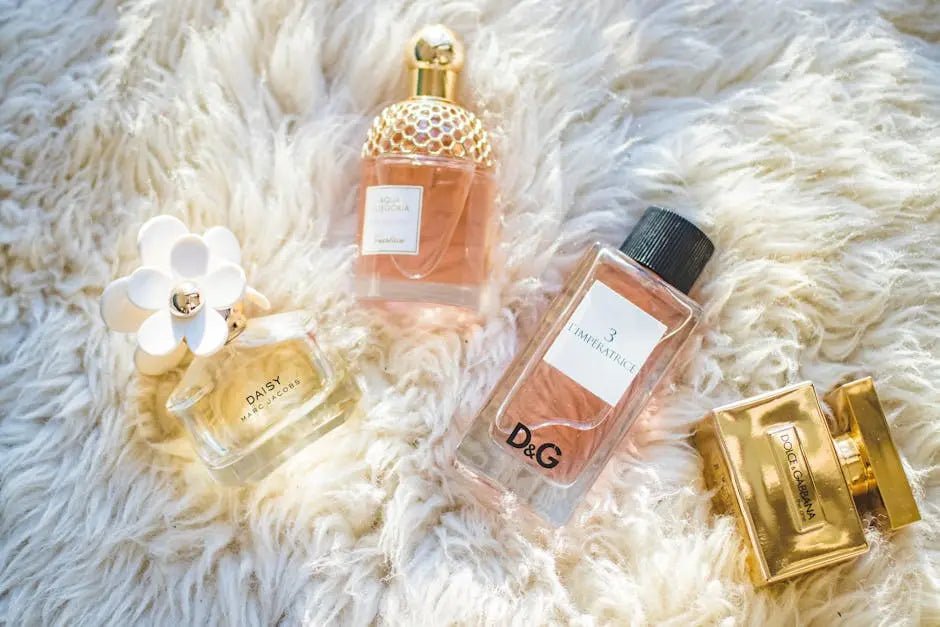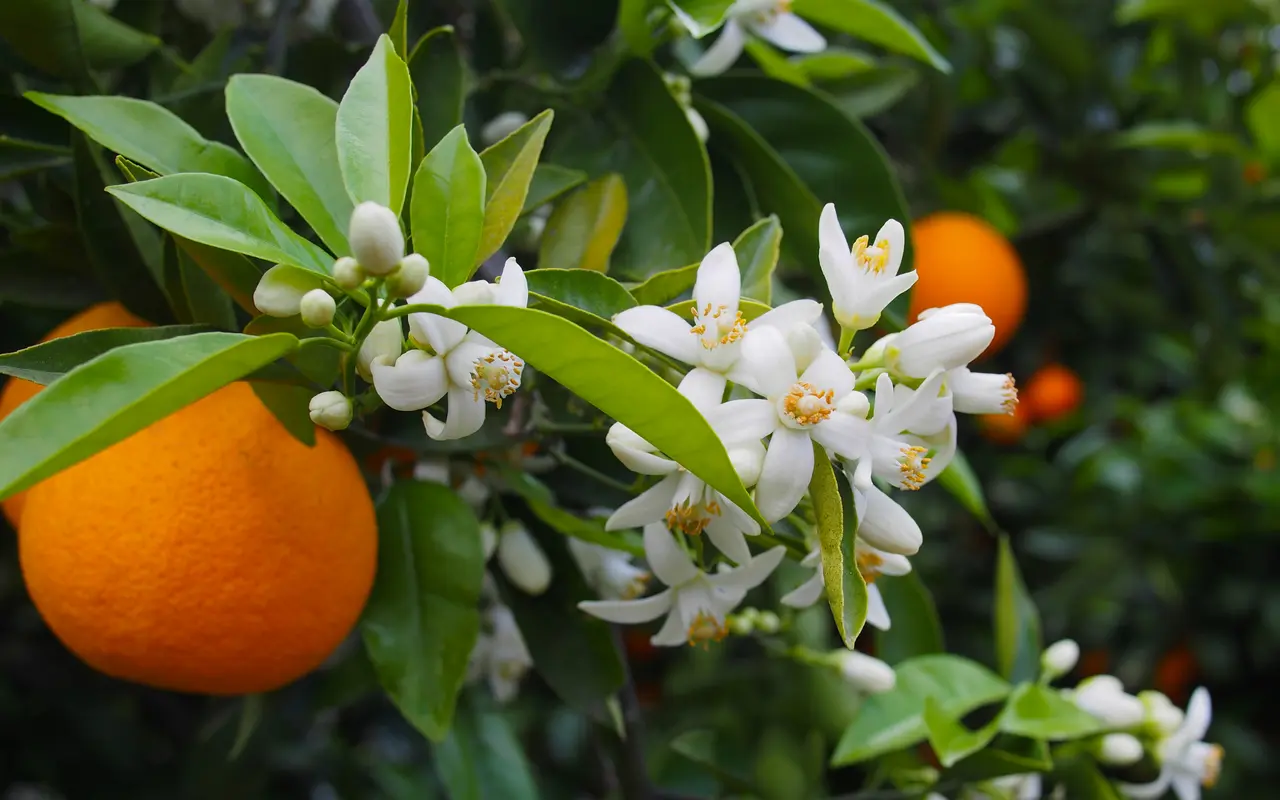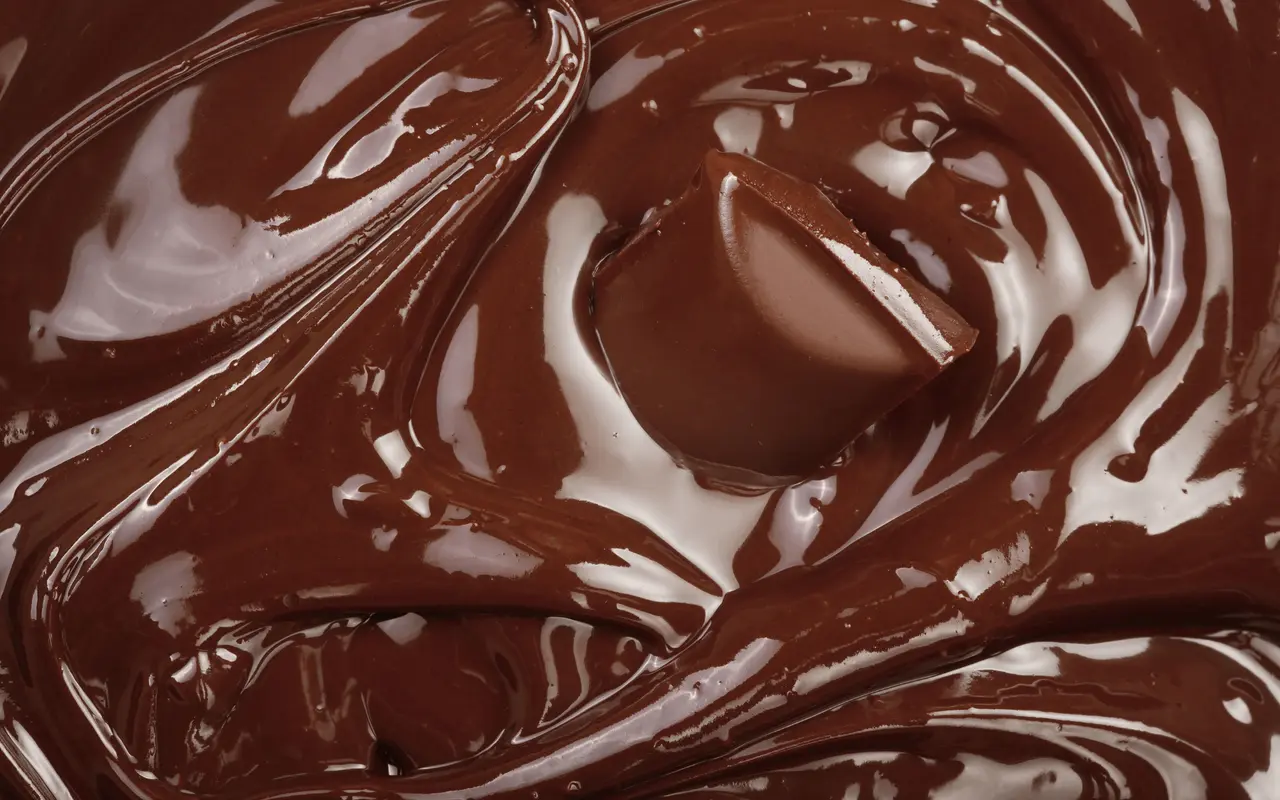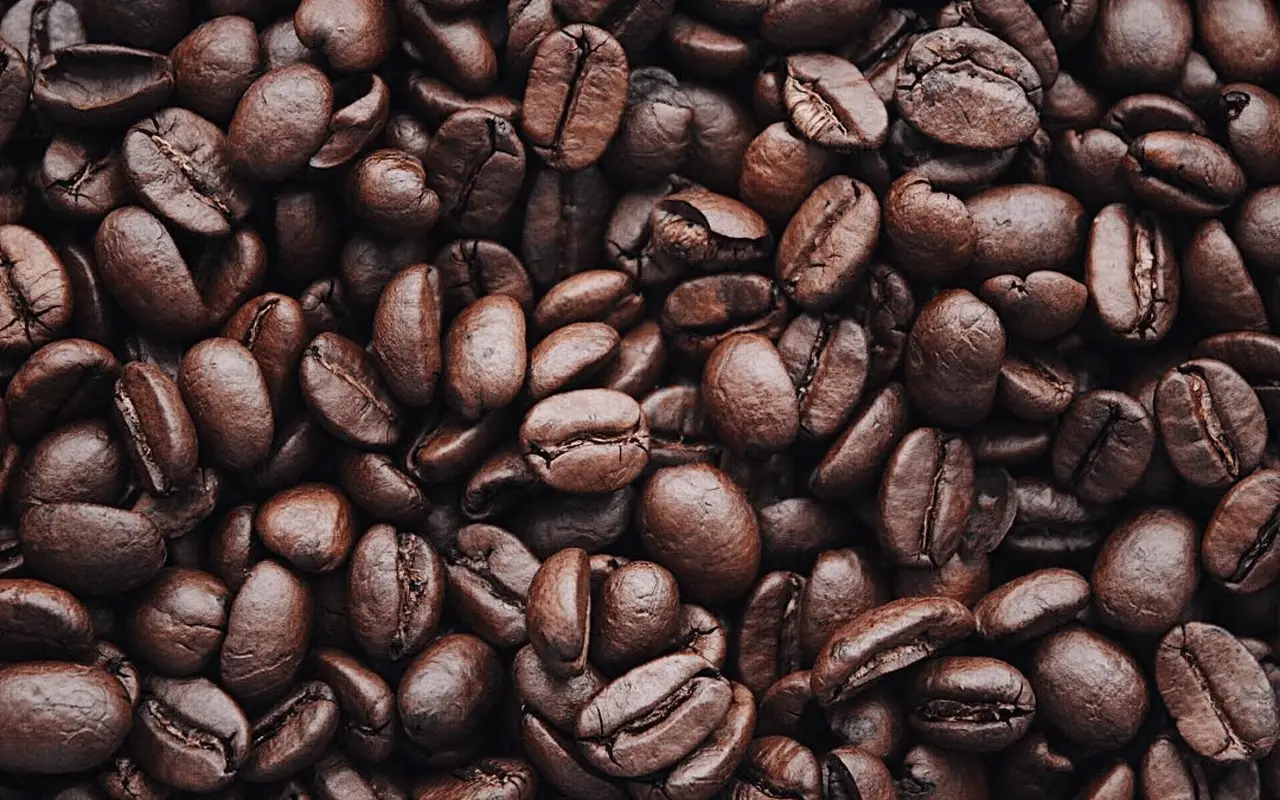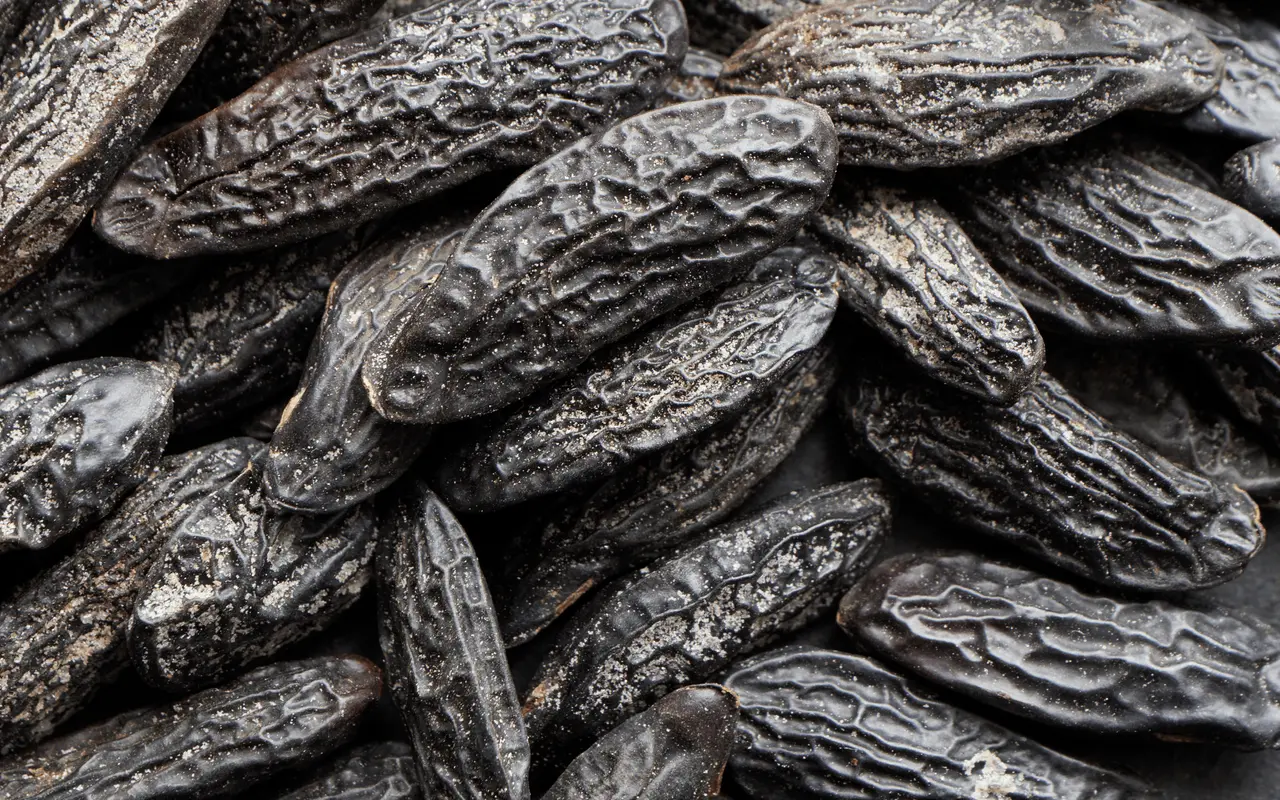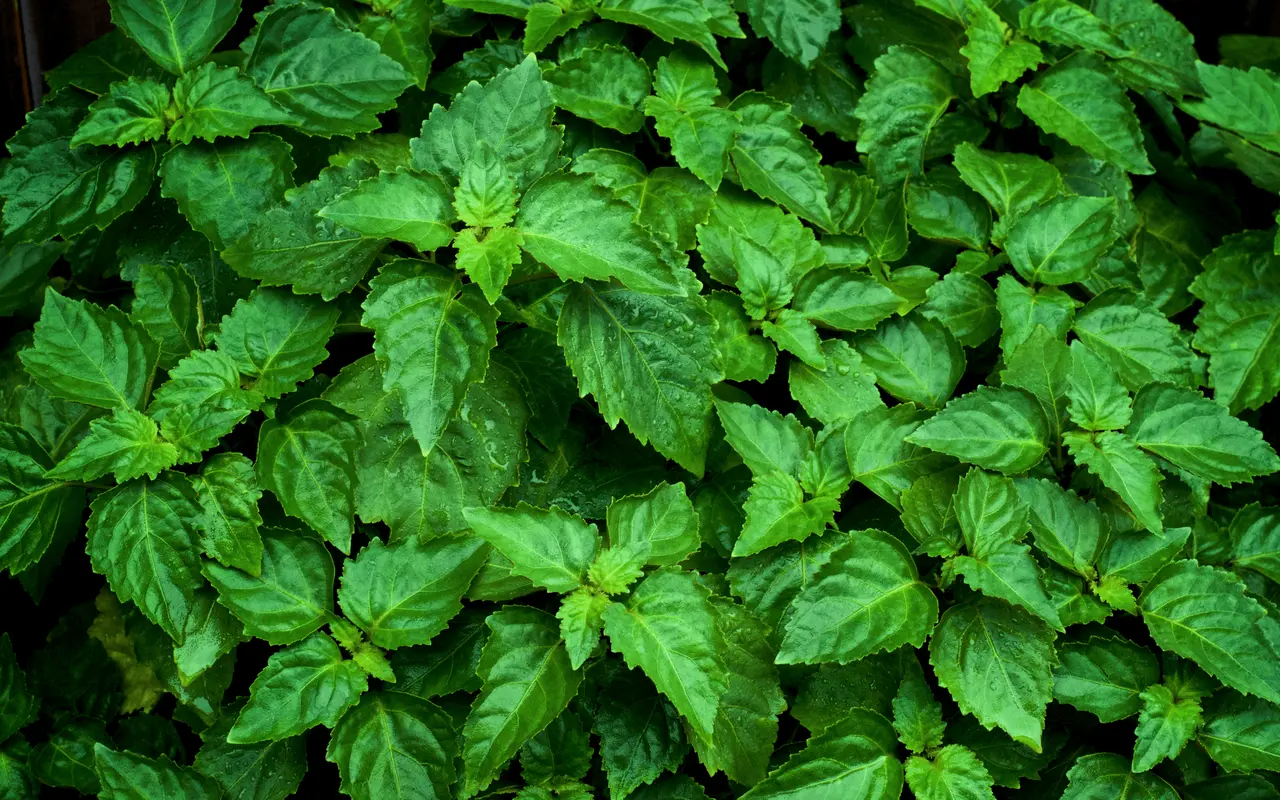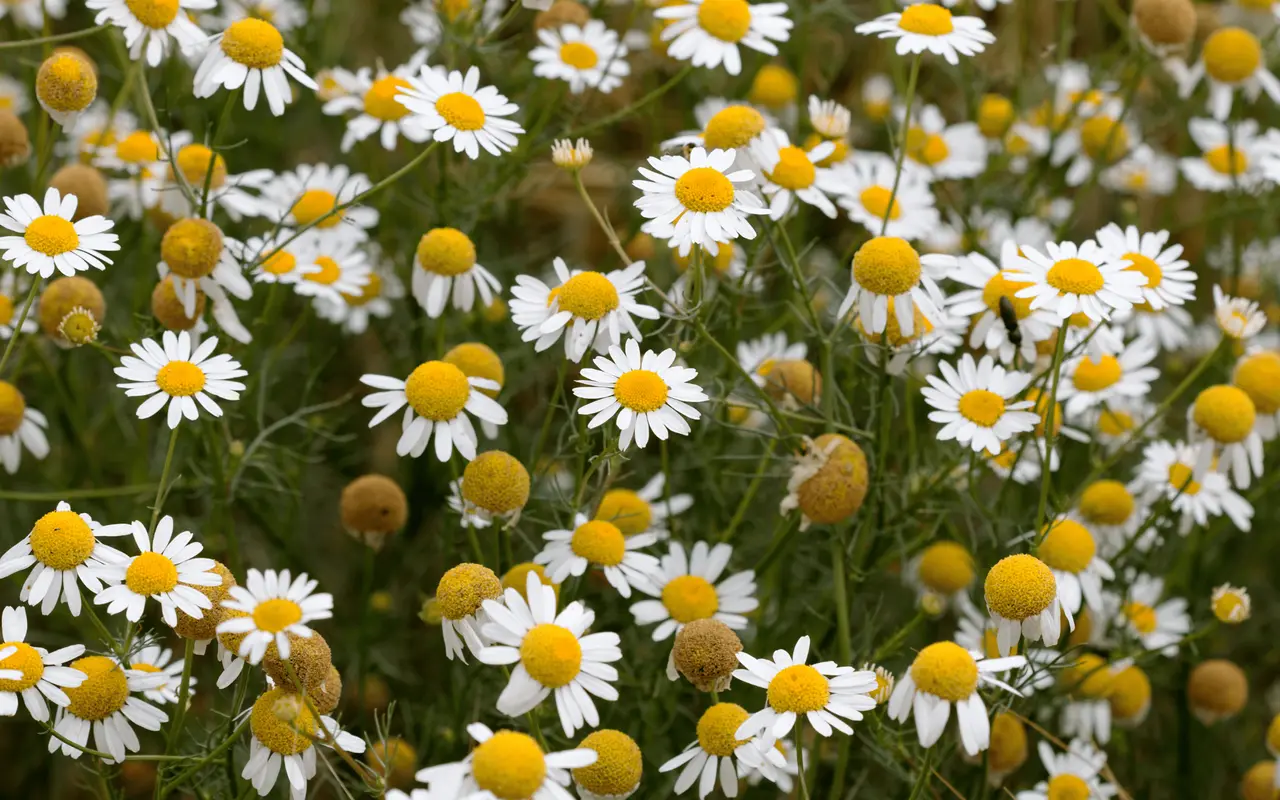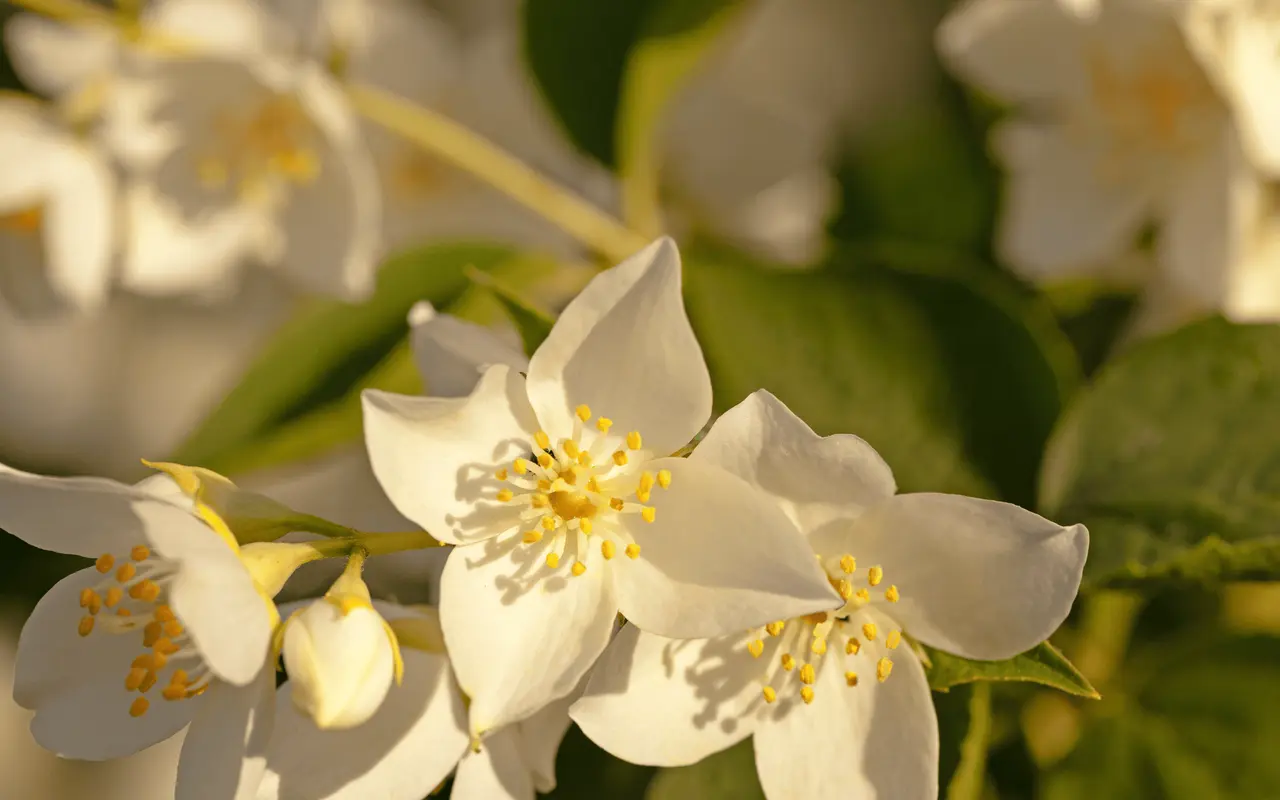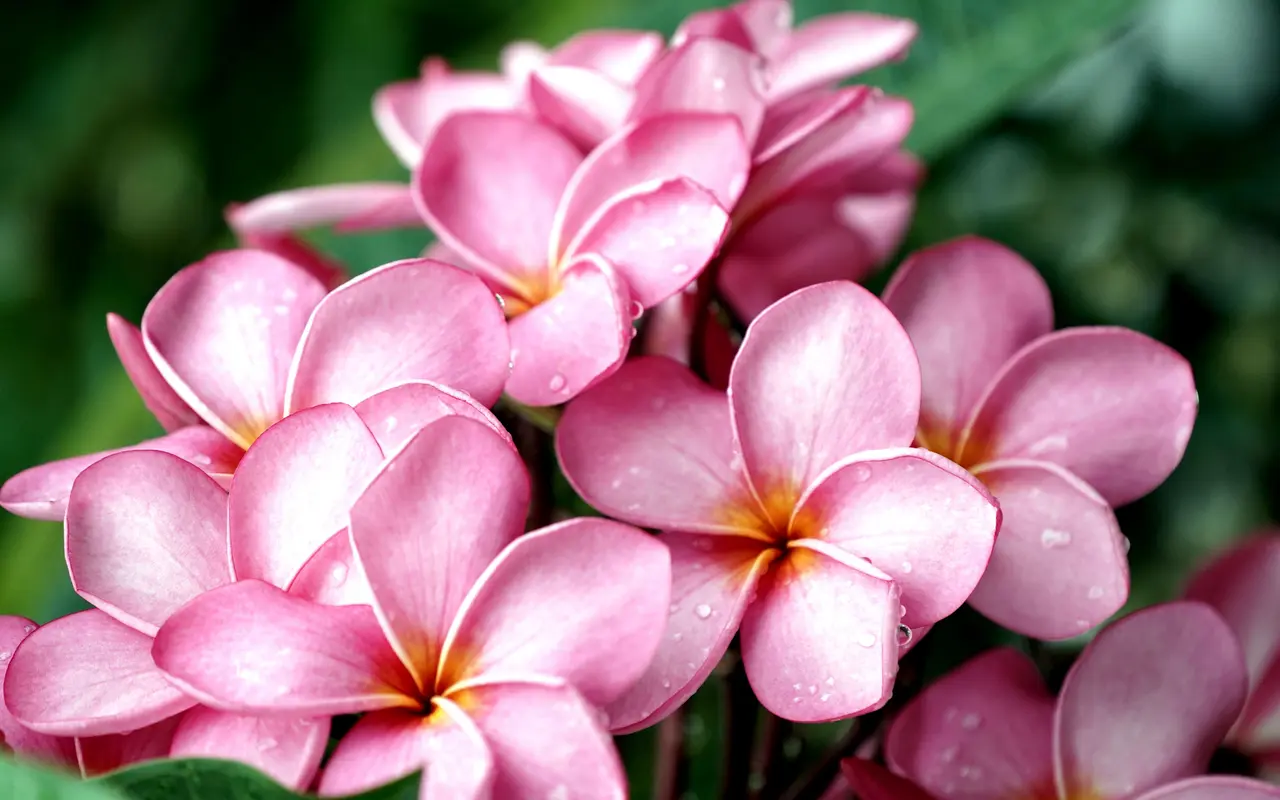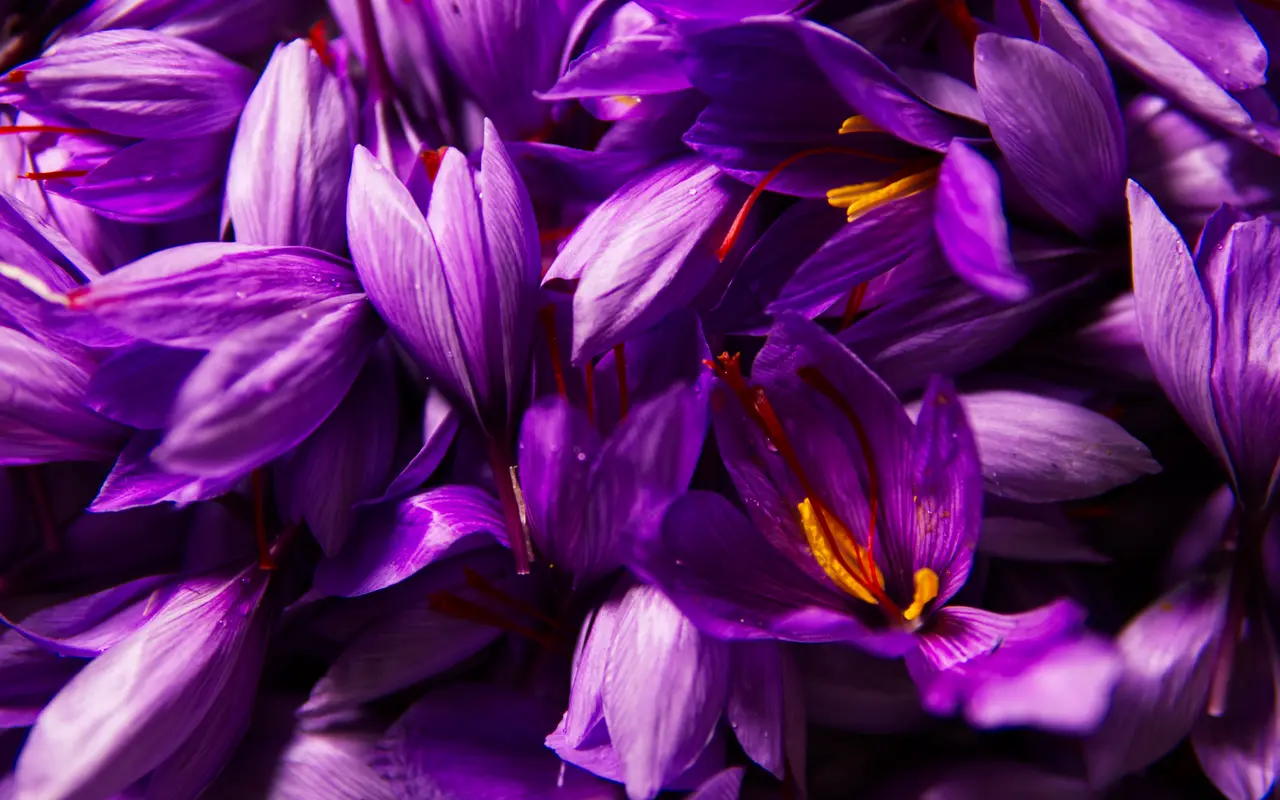This us a birthday gift fir my daughter. Eloquent packaging. I can’t wait until she opens it so I can smell all of the sense! I ordered the lavender tea for myself and if the rest of these smell as good as that, I better hide my credit card!
Elysian fragrances are celebrated for their unique blends and enchanting aromas. But have you ever wondered about the ingredients that create these mesmerizing scents? In this listicle, we’ll explore nine precious ingredients commonly found in Elysian fragrances that contribute to their appeal and sophistication. Get ready to dive into the aromatic world and discover what makes these fragrances truly special
1. Orange Flower Absolute
Orange Flower Absolute is a prized extract in perfumery, derived from the delicate blossoms of the bitter orange tree. It’s luminous, floral, and subtly citrus aroma brings a refreshing brightness to any fragrance, balancing both airy top notes and deeper, warmer nuances. Perfumers cherish it for its ability to evoke elegance and vitality, making it an essential component in everything from light, summery scents to sophisticated, layered compositions.
2. Chocolate Absolute
Chocolate’s history dates back to ancient Mesoamerican civilizations, where cocoa beans were considered sacred and valued as both currency and a symbol of divine power. The Aztecs and Mayans celebrated chocolate as a luxurious elixir, and its legacy spread to Europe, evolving into a refined indulgence for aristocrats. In modern perfumery, chocolate’s rich, multifaceted aroma has been embraced for its ability to evoke warmth, passion, and decadence. Its complex notes lend a sumptuous, gourmand quality to fragrances, creating an irresistibly inviting experience that transforms any scent into a deliciously immersive journey.
3. Coffee
Coffee’s history is as rich and complex as its flavor, originating in the ancient highlands of Ethiopia and later spreading through the Arab world as a cherished elixir and cultural staple. Over time, its influence went beyond the cup, inspiring its inclusion in the art of perfumery. Today, coffee’s deep, roasted notes are celebrated for adding warmth and intensity to fragrances. Its bold aroma, often enhanced with hints of chocolate, spice, and wood, evokes energy and sophistication, making it a standout ingredient in both gourmand and niche scent compositions.
4. Tonka Bean Absolute
Tonka Bean Absolute is extracted from the seeds of the tonka bean tree, native to South America. Revered for centuries for its warm, sweet aroma that evokes notes of vanilla, almond, and a hint of spice, tonka beans have been an integral part of both culinary traditions and herbal medicine. Over time, perfumers discovered that its rich, complex scent added a captivating depth to fragrance compositions. Today, Tonka Bean Absolute is celebrated in both niche and mainstream perfumes for its ability to evoke a sense of warmth, comfort, and timeless elegance.
5. Patchouli
Patchouli brings an earthy, musky undertone to fragrances. It’s bold and distinctive scent adds character and richness, often appealing to those who enjoy deeper, more complex fragrances. Alongside its captivating aroma, patchouli is often associated with bohemian culture, making it a symbol of free-spiritedness and creativity. It works beautifully with various other notes, enhancing floral or citrus elements while grounding the overall composition. The warm, rich nuances of patchouli not only create depth but also serve as a bridge between contrasting scents, making it an essential ingredient in both modern and classic fragrances.
6. Blue Chamomile Essential Oil
Blue Chamomile essential oil is derived from the delicate flowers of the chamomile plant, a botanical treasure that has been cherished since ancient times for its soothing and healing properties. Historically used in herbal remedies and calming teas, chamomile has long been associated with comfort and relaxation. In modern perfumery, Blue Chamomile essential oil is prized for its soft, herbaceous aroma with subtle hints of fruit and honey, which adds a gentle, calming nuance to fragrance compositions. Its unique character makes it an ideal ingredient for creating serene, well-balanced scents that evoke a sense of natural elegance and tranquility.
7. Jasmine Sambac
Jasmine Sambac is a prized variety of jasmine native to Southeast Asia, particularly India and the Philippines. Revered for centuries, its delicate white blossoms have been woven into cultural rituals, symbolizing purity, love, and beauty. Known for its intoxicatingly rich and sweet fragrance, Jasmine Sambac is often considered one of the finest jasmine varieties used in perfumery. In scent compositions, it imparts a deep, sensual floral note, blending hints of tropical fruit and honeyed sweetness. Its presence in a perfume elevates the scent, bringing an air of sophistication and romance, making it a staple in many high-end and exotic fragrances. Jasmine Sambac is particularly favored for its ability to add warmth and complexity, turning any fragrance into a luxurious, timeless experience.
8. Frangipani Absolute
Frangipani Absolute, derived from the flowers of the Plumeria tree, is a luxurious ingredient prized in perfumery for its rich, creamy, and exotic floral scent. Native to tropical regions of the Caribbean, South America, and parts of Asia, frangipani has long been associated with beauty, relaxation, and tranquility. Historically, the flowers were used in traditional rituals and adornments, often strung into leis or worn as a symbol of elegance. In perfumery, Frangipani Absolute adds a lush, tropical depth to fragrances, offering notes of creamy sweetness, combined with a subtle hint of citrus and spice.
9. Saffron
Red Saffron Infusion, derived from the delicate Crocus sativus flower, is one of the most coveted and rare ingredients in perfumery. Each gram of saffron requires the painstaking collection of 30 delicate strands from 10 flowers, making it a true luxury. Historically, saffron has been treasured by royalty and ancient civilizations, including Cleopatra, who famously used it for its alluring and fragrant qualities. In perfumery, saffron adds a rich, warm, and subtly sweet depth, with a hint of leathery smokiness that enhances both floral and gourmand compositions.
Read more
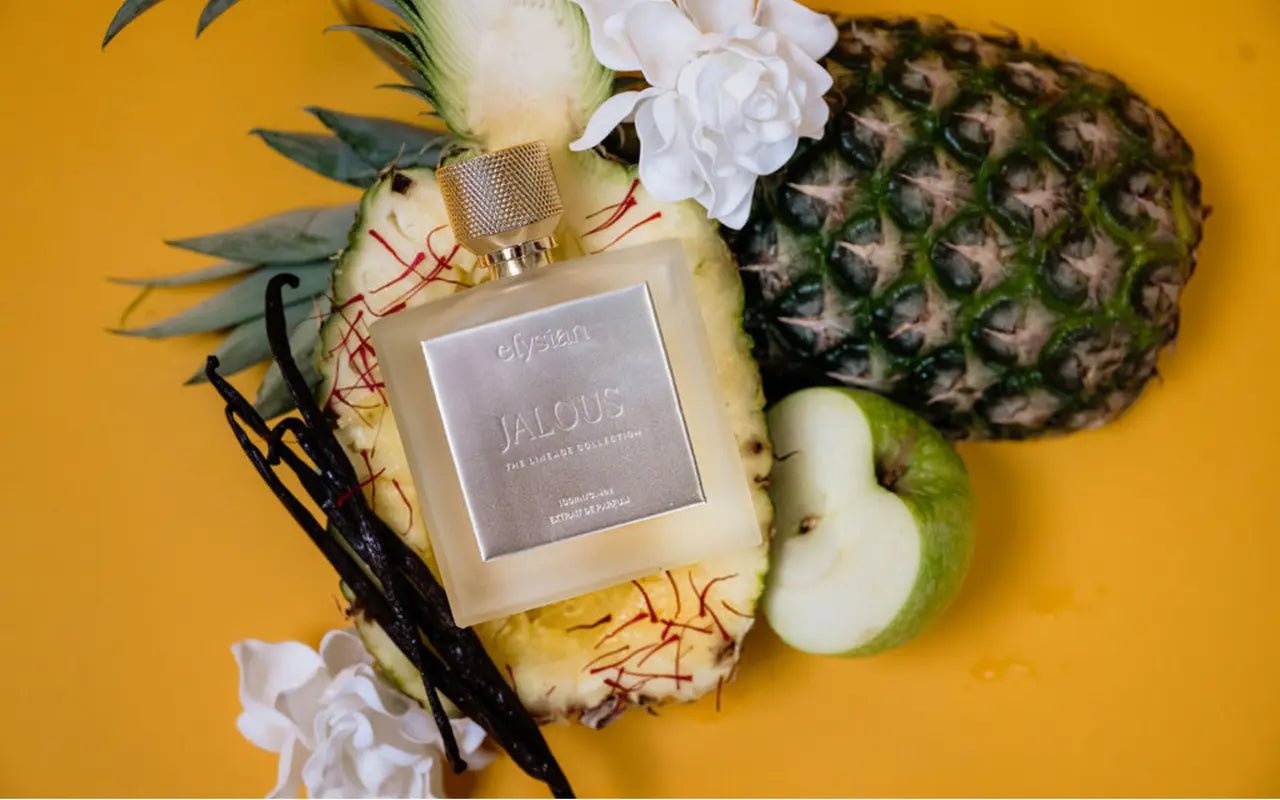
Set your sights on discovery this summer with the **Wanderlust Coffret Set.** This is a curated collection of four 10ml fragrances that capture the essence of warm weather and adventure. Inspired b...
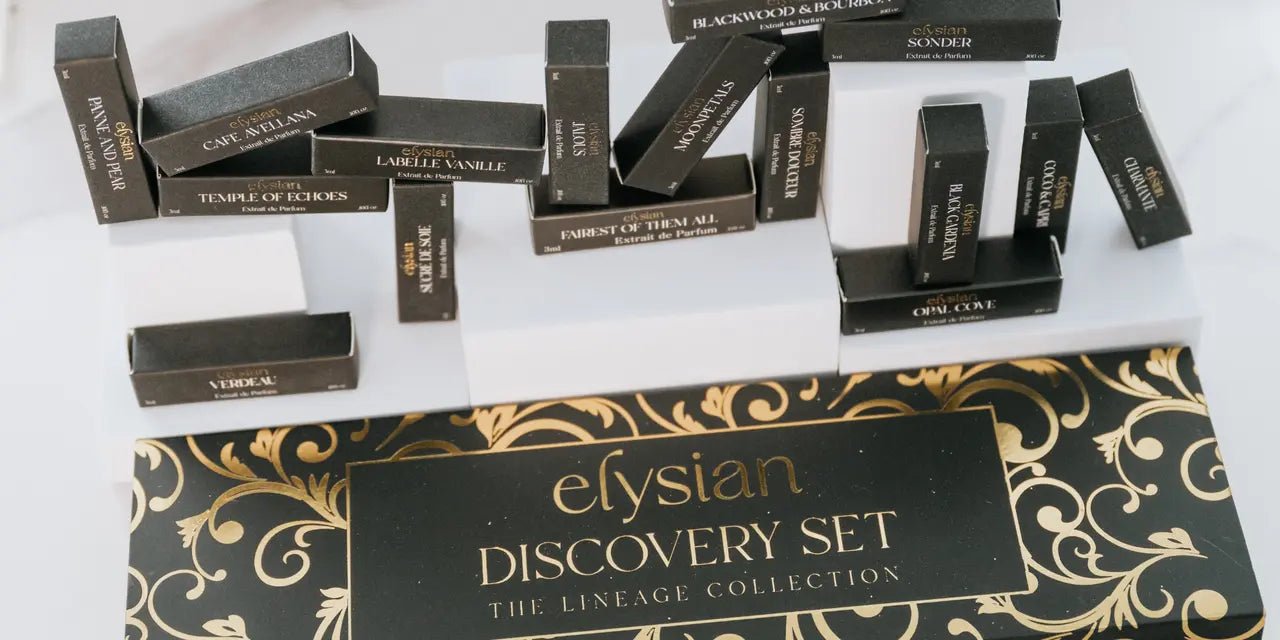
Finding your signature scent can be a delightful yet overwhelming experience, especially when surrounded by so many captivating fragrances. Whether you’re searching for something fresh and floral o...
